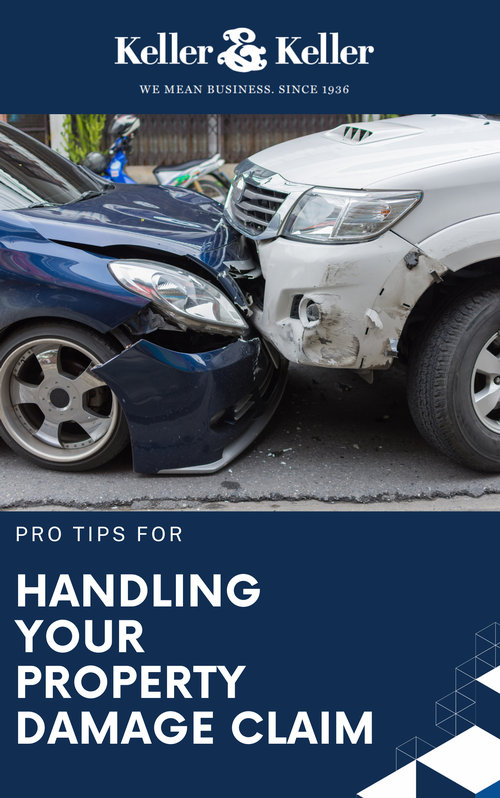One of the deadliest accidents faced by motorists is a head-on collision. Basic laws of physics tell us that when two vehicles traveling at equal speeds collide head-to-head, the force of impact on each car is equivalent to a single vehicle slamming into an unmovable object at the same speed. The result of this kind of impact can be devastating to drivers and passengers in both vehicles, but if one vehicle is smaller than the other, the occupants of that vehicle are in even more danger. Our Indianapolis car accident attorney details more.
Just How Deadly Are Head-On Collisions?
True head-to-head collisions are fortunately fairly rare, but when they do occur they are more often fatal than other types of crashes. According to the Insurance Information Institute (III), head-on collisions, either with another vehicle or with a stationary object, accounted for only 2.3 percent of all collisions in 2014, but made up nearly 10 percent of car crash fatalities. Rear-end and side-swipe accidents, on the other hand, combined to account for 44 percent of all crash types in 2014, but resulted in a similar number of fatalities.
Where Do Head-On Crashes Happen?
Car-to-car head-on collisions are more likely to occur on Indiana’s rural, undivided highways than anywhere else. Likewise, head-on collisions with  objects such as trees are also more likely to occur on curvy rural roads. These roads typically have high-speed limits and no barriers between lanes traveling in opposite directions. There is also often very little buffer between the side of the road and the trees and other obstacles next to the road. Long country roads also have the effect of lulling drivers into a false sense of security and drivers are more likely to become distracted, speed, and doze off, causing them to cross the center line or run off the road. Traffic fatality statistics from the National Highway Traffic Safety Administration for 2010 show that 63 percent of motor vehicle deaths in Indiana occurred on rural roads, despite fewer cars traveling these roads every day.
objects such as trees are also more likely to occur on curvy rural roads. These roads typically have high-speed limits and no barriers between lanes traveling in opposite directions. There is also often very little buffer between the side of the road and the trees and other obstacles next to the road. Long country roads also have the effect of lulling drivers into a false sense of security and drivers are more likely to become distracted, speed, and doze off, causing them to cross the center line or run off the road. Traffic fatality statistics from the National Highway Traffic Safety Administration for 2010 show that 63 percent of motor vehicle deaths in Indiana occurred on rural roads, despite fewer cars traveling these roads every day.
Reasons Head-On Collisions Happen
The causes of head-on collisions usually boil down to driver carelessness or error, but are sometimes the result of a mechanical malfunction or weather conditions. Many of the following situations are more likely to be fatal when they occur on undivided roadways, but they can also happen on urban roads and highways:
- Passing. When a car attempts to pass when it is unsafe to do so, he could collide with a car coming in the opposite direction.
- Unsafe speeds. Taking a corner at a fast speed can result in a car running off the road or crossing over the center line, both of which could result in a head-on collision.
- Reckless turns. Trying to beat an oncoming car through an intersection could result in turning into the path of oncoming traffic, causing a head-on collision.
- Fatigue. Dozing or falling asleep while behind the wheel can cause a driver to cross the center line and collide with an oncoming vehicle, or to run off the road and hit a tree.
- Impaired driving. Drivers who are under the influence of drugs or alcohol make poor decisions. They are more likely to pass when it is unsafe, to speed, and to fall asleep at the wheel.
- Low visibility. Poor weather conditions can make it difficult for drivers to see lane markers or cars turning in front of them, increasing the likelihood of a head-on collision.
- Tire blowouts. On a narrow, two-lane road, a tire blowout could force a car into an oncoming lane or off the road.
- Debris on the road. Tire treads, animals, or other obstacles in the road could cause drivers to steer suddenly to avoid them. In a panic, they could steer into oncoming traffic.
Head-on collisions can lead to catastrophic injuries, including brain trauma, spinal cord damage, broken bones, and internal organ damage, as well as death to the driver and passengers,














